Both CPR and BLS are procedures designed to assist a victim of respiratory or cardiac emergencies. BSL provides a wider approach that’s essential to treat a victim in an emergency situation while CPR is part of that procedure.

Contrary to popular belief, CPR and BLS are not the same procedures. They share a similar algorithm to help increase the chance of survival.
Let’s learn about the similarities and differences between CPR and BLS in a bit more detail.
What is CPR?
Cardiopulmonary Resuscitation aka CPR is a set of procedures that Is performed on people of all ages whose hearts have stopped beating. This is considered as a primary response to a person that has fallen victim to breathing complications.
Here is the procedure:
The main goal of CPR is to create an artificial blood flow through compression to provide blood supply to your brain. It is a task that requires precision and can help the victim’s vitals to remain stable until help arrives.
What is BLS?
Basic Life Support (BLS) Is a slightly more advanced set of lifesaving procedures than the CPR and is considered as the primary treatment in cases like cardiac arrests or respiratory distress. CPR is a part of basic life support procedure.
Here’s how to perform BSL on anyone in emergency:
Both BLS and CPR require a certification to be performed safely and efficiently. Just like the overall procedures the certification process is also more difficult and intensive in Basic Life Support. BLS is often required to create and advance a career in the medical industry.
The Differences Between CPR and BLS
Decision making
CPR
The original CPR procedure provides little or no scope for decision making. The procedure is very specific, to start your heartbeat. Rib fracture is a common outcome of the CPR procedure, because saving your life is more important than a broken rib, right?
However, common CPR certification also includes first aid training. The CPR Course is intended for people that will be helping victims outside of a medical environment.
BLS
BLS is a complete set of instructions that clearly defines the various roles within a medical setting depending on the person available to help. Ideally, it is performed by 2 medical professionals working without getting in each other’s way.
That is why the decision making process in the BLS Is a bit more intricate and mostly medical professionals are suggested to certify. Alongside the CPR, BLS certified professionals also perform an initial assessment and maintain or re-establish the airflow to the victim’s lungs.
Who is this for?
CPR
Anyone can learn CPR and get a certificate. It draws people from all backgrounds. CPR is such a practice that everybody should learn. Roughly 400,000 people experience a cardiac arrest each year outside a hospital and we should always be prepared.
However, some people need CPR training more than the others. Some of them are listed below:
- Police officers
- Coaches and lifeguards
- Security personnel
- Human resource professionals
- Daycare workers and teachers
- Gym workers
- Construction workers
- Drivers and transportation workers
- Factory workers
- First responders and volunteers
Or, basically anyone that has a chronic patient in the family.
BLS
BLS certification is mainly required by healthcare professionals. BLS courses will teach you how you can effectively communicate and work with people that have less medical training and improve the chance that the victim has to survive.
Some of the people that usually take BLS certifications are:
- Nurses
- Dental hygienist
- Mental health professionals
- Anesthesiologist
- Home health aides
- EMT
- Paramedics and firefighters
- Therapists
- Doctors
- Nursing home/assisted living non-clinical staff
The Similarities CPR and BLS Share
Primary goal
Both CPR and BLS will give you a clear set of instructions and decision tree Find the best course of action depending on the scenario. You will learn to access and maintain the airway, administer breath cycles, get the heart to start beating and keep it that way until help arrives.
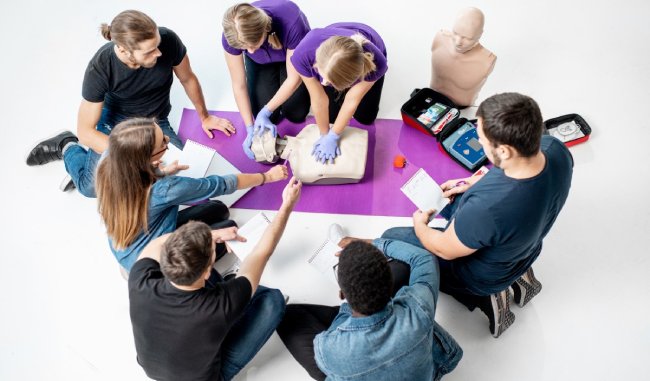
Doctors can’t be everywhere and accidents don’t come with a warning. Both CPR and BLS have been designed to provide the best support possible in case of an emergency and the primary goal of both of them is to keep a life running for a few minutes more.
Algorithm
Both the processes follow a similar algorithm that consist of clearly defined steps and decision trees. Both CPR and BLS algorithms provide visual flow charts that will walk you through different steps so that you can be prepared for various situations.
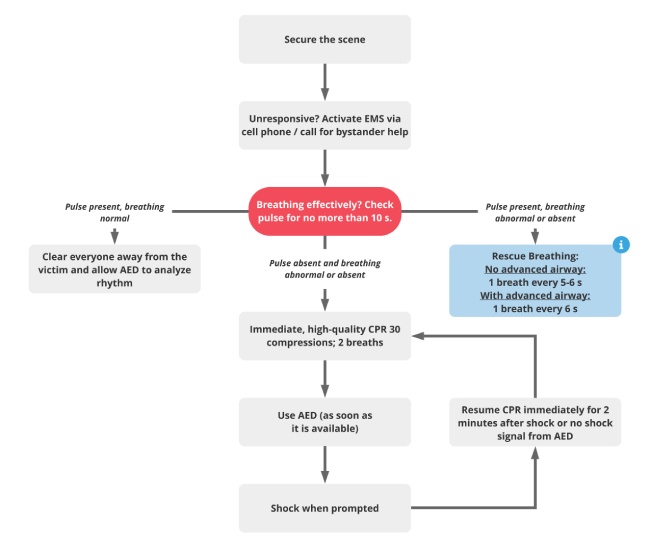
However, the BLS algorithm has a few more steps than the CPR algorithm, like using Automated external defibrillators(AED) if available. You can think of the CPS algorithm as a subset of a bigger set named the BLS algorithm.
Certification and recertification
There are both certification and recertification systems available in both CPR and BLS. You can get certified in either or both if you want. Both certification and recertification procedures can be completed through a physical demonstration or online.
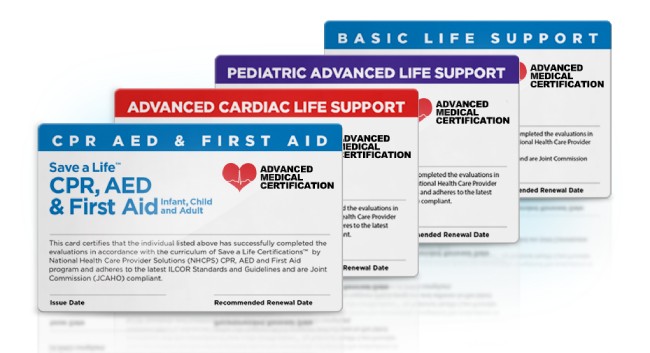
Certification period of both CPR and BLS is 2 years. After expiration, you’ll have to recertified through the same process. This is necessary to keep yourself updated with the latest advancements and practices In the life saving procedure.
Advantages
Both CPR and BLS is used primarily to save a life, which is of course the biggest advantage. but there are a couple of additional advantages that you can get from both CPR and BLS certification. The list looks something like this:
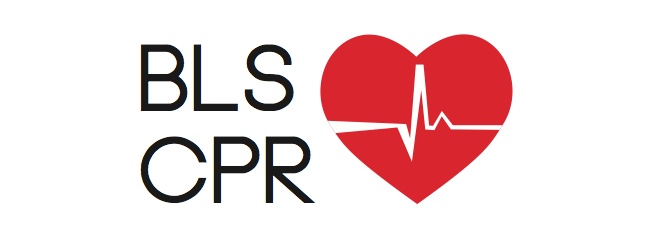
- Become part of a community of first responders that can take quick action during an emergency.
- Increase your confidence
- Provide the victim a better chance for survival
- Reduce liability risk around yourself/your organization
- Learn to stay calm under pressure and provide essential medical attention
Which One You Should Learn?
Despite the BLS being designed for healthcare professionals, absolutely anyone adult enough (16+) can learn to provide Basic Life Support and CPR when needed. You are free to choose absolutely whatever you want.
However, BLS certification is a bit more intricate and complex than the CPR certification. Nowadays, many professions require in the CPR or BLS certification to proceed further. You also have the option to do both if you are really into that.
If your job has a requirement of you learning CPR or BLS, you should choose according to your job. It is recommended that if you work around a medical setting, take the BLS certification as it would serve you better.
In a perfect parallel universe, everybody will know CPR and BLS but will hardly have to apply the knowledge.
FAQs
1. What is Hands-Only CPR?
Ans: It’s just the chest compression, without the mouth-to-mouth breathing assistance.
2. When Should CPR be stopped?
Ans: It is advised that you keep the CPR going as long as help arrives. However, If you don’t see any ROSC or viable cardiac rhythm re-establishing after 20-25 minutes, and no help is nearby, you can stop the CPR.
3. Where can I learn CPR and BLS?
Ans: Your nearest hospital might offer a course. Go check it out. You can also get an online certification through organizations like the Red Cross.


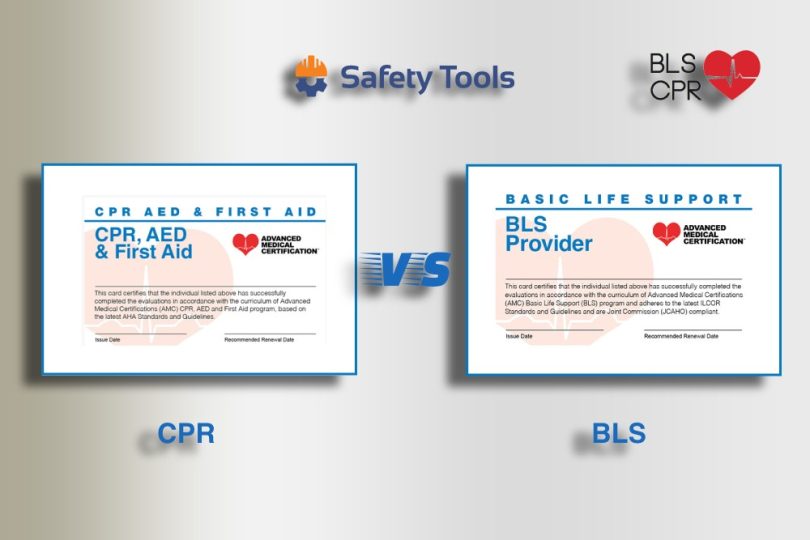

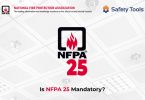
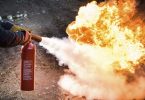
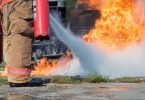

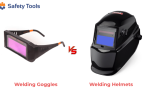

Leave a Comment